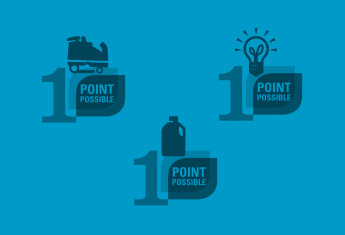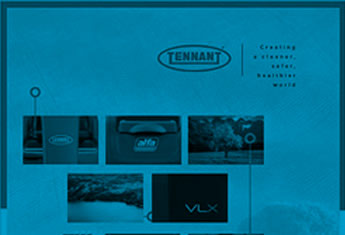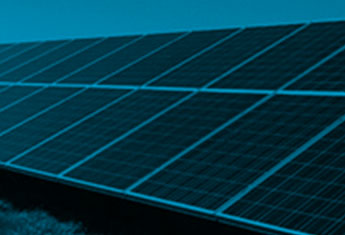Your shopping cart is empty.
How to Earn LEED/WELL Building Certifications
Posted in Health & Safety, Sustainability,
Learn why building certifications matter and best practices to earn points for your company's buildings.

You may think of a building as a static structure, but in truth, buildings have a big impact on the overall environment and human health.
The world's buildings consume more than 40 percent of primary energy and result in 24 percent of global CO2 emissions. To mitigate these effects, many construction companies and developers are adopting Leadership in Energy and Environmental Design (LEED®) practices. In fact, every day approximately 2 million square feet of building space becomes LEED-certified.
Additionally, some developers and building owners incorporate WELL Building Standards into a building's design and operation. These standards focus on human health and wellness inside the building. Internationally, 523 million square feet has applied for WELL Building status.
By incorporating these measures into the design, construction, maintenance and operation of new or existing construction, everyone benefits. The environment is cleaner as emissions decrease and sustainability practices are put into place.
People may experience health benefits since they spend their days in cleaner, quieter spaces. Developers realize a competitive edge since tenants want and are often willing to pay more for LEED and WELL-certified spaces. Additionally, green buildings may result in:
- reduced operating costs,
- less employee absenteeism and turnover,
- lower time on market,
- tax benefits.
Certification Levels
Both the LEED and WELL programs certify buildings at different levels, depending on how many points a specific building has earned. LEED certifications come at one of four levels based on the number of points a building has earned among seven credit categories. Those categories include things like water efficiency, innovation, sustainable sites and materials and resources.
WELL also has seven "concept categories" that include things like active design, healthy food promotion, lighting quality and water testing. Certified buildings are given either a silver, gold or platinum certification depending on how many concepts are addressed.
Impact of Cleaning
Building service contractors play a vital role in not only obtaining but also keeping LEED or WELL certification. To be certified as either type of green building, a facility's cleaning program must adhere to specific indoor environmental criteria. Green-certified equipment and products must be used as part of daily cleaning activities.
To earn points toward LEED or WELL v1 certifications, cleaning staff must use:
- 30 percent of Green-Seal certified cleaning products,
- Equipment with sealed batteries such as lithium-ion or gel,
- Machines that operate at sound levels below 70 decibels,
- Vacuums and carpet extractors with the Carpet and Rug Institute seal of approval,
- Scrubbing machines capable of variable rates of dispensing,
- Machines with rollers or rubber bumpers to protect building surfaces
- Machines featuring an ergonomic design to minimize vibration, noise, and user fatigue,
- Burnishers equipped with vacuums or guards to capture fine particles.

Additionally, propane-powered floor equipment must have high-efficiency, low-emissions engines with catalytic converters and mufflers that meet the California Air Resources Board or EPA standards for the specific engine size and operate with a sound level of 90 dBA or less, in accordance with ISO 11201.
More points can be earned in each category by going above and beyond. For example, if all cleaning products are Green Seal certified, more points may be earned toward certification.
How to get Certified
Any building -- both existing structures and new construction projects -- can become LEED or WELL certified. The US Green Building Council maintains an online guide for LEED certification. Specific requirements for WELL-certified buildings can be found on the International Well Building Institute's website.
RELATED LINKS




